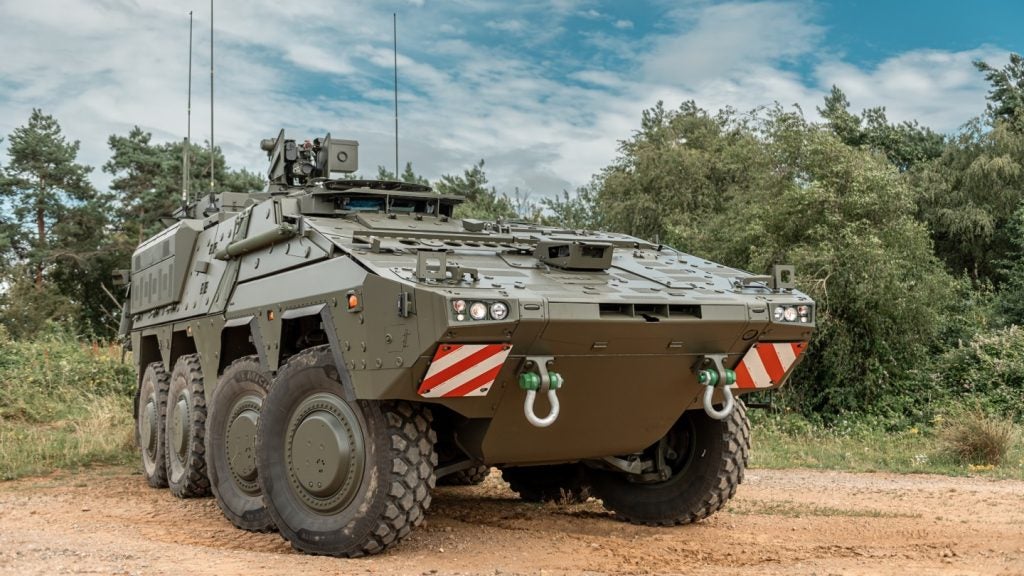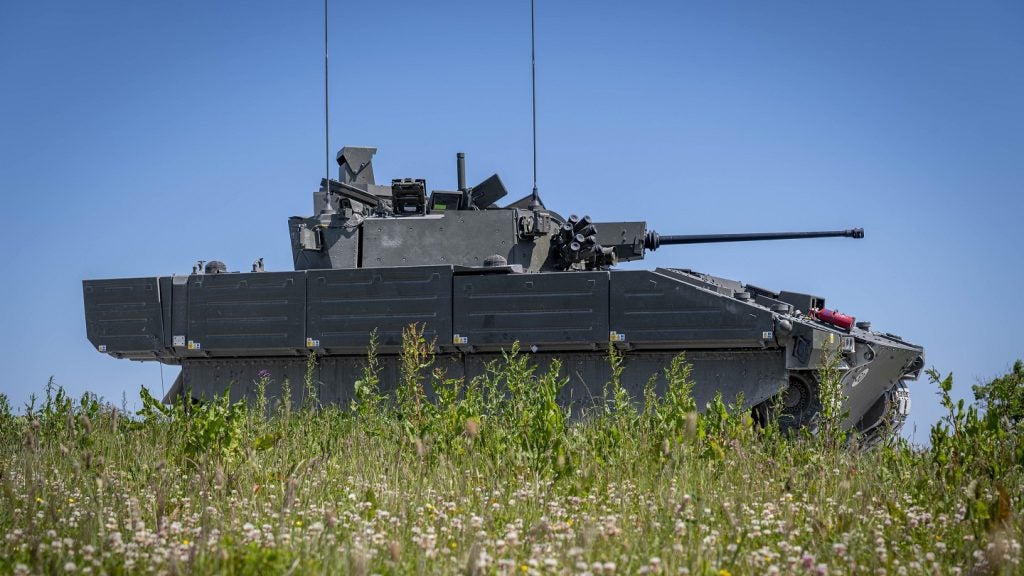
Logistical challenges will prove to be a considerable obstacle as tensions grow in the Indo-Pacific.
Undaunted by the prospect, the Australian Defence Force (ADF) has proven its ability to deploy large-scale land forces across the Indo-Pacific, as the 1st Armoured Regiment prepared for exercise Super Garuda Shield in Indonesia.
Starting at their home at RAAF Base Edinburgh in South Australia, the Army transported more than a dozen M1A1 Abrams main battle tanks (MBTs) – that is around a fifth of its entire MBT fleet – across the continent by road on heavy trucks to Darwin Harbour, Northern Territory.
From there, the Army loaded the vehicles onto an American vessel, the USAV SSGT Robert T. Kuroda and shipped to the Tanjung Perak Port in Surabaya, Indonesia for transport by road to the training area in East Java.
Commander of the regiment Lieutenant Colonel Michael Henderson explained that the transportation of the whole contingent “will demonstrate our ability to meet the most demanding land challenges in the future and to effectively deploy significant land forces, including armour, across the Indo-Pacific region.”
Australia’s MBTs – now and in the near future
According to GlobalData intelligence in Australia’s Equipment Inventory, the Army currently operates 59 active M1A1 units, which the country originally acquired between 2003 and 2007 from the US.
The ADF’s vehicle transportation catered for M1A1 MBT units weighing 67.6 tonnes each, according to US Army specifications.
In late April 2021, the US Department of State approved the Foreign Military Sale of 160 M1A1 tank hulls to Australia from stock. The Army will use those frames to produce the ADF’s next tank fleet including around 75 M1A2 SEPv3 Abrams main battle tanks.
Once the ADF upgrades its 15-year-old fleet, each unit will come to measure 9.7m-long, 3.7m-wide, 2.4m-high and weigh 73.6t. A four-man crew will operate the M1A2 SEPv3 including the driver, commander, loader, and gunner.
Working alongside America and Indonesia
Henderson also pointed out that Super Garuda Shield will also provide “the opportunity to conduct joint interoperable operations and train with partners and allies in the region.”
While there is a lot of room for overlap with the US Army’s fleet of upgraded Abrams MBTs, of which GlobalData accounts for 973 units, Indonesia is a fellow Indo-Pacific ally that operates different MBTs.
Indonesia currently operates 275 AMX-13 75mm units (acquired in 1961) as well as 41 Leopard 2A4 units and 61 Leopard 2RI units (procured since 2013).






